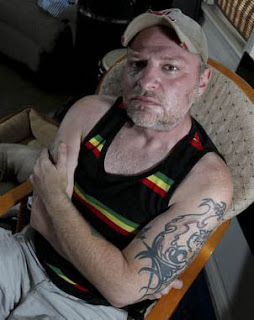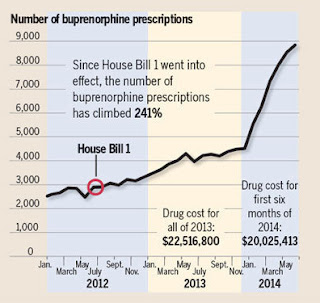Patients' behaviors and feelings often serve as identifying factors for psychiatric disorders, which can make diagnoses difficult. Researchers at the University of California San Diego School of Medicine have discovered that the over-production of specific genes may indicate mental illness in female psychiatric patients, according to a study published in the journal EBioMedicine.
The gene XIST, which deactivates one of the two X chromosomes in cells responsible for storing genetic material, works too hard in female patients who have mental illnesses such as bipolar disorder, major depression and schizophrenia. According to the study, over-production of XIST and genes from the inactive X chromosome are common factors in patients with psychiatric disorders and rare chromosome disorders like Klinefelter syndrome and Triple X syndrome.
"There has been an utmost urgency to identify biomarkers for mental illness that could significantly impact research and drug development, said XianJin Zhou, assistant professor in the UCSD Department of Psychiatry and lead author of the study.
About half of the participants—most of whom had a family history of mental illness—had unusually higher levels of XIST and other genes related to the X chromosome. Zhou and his team said stopping the abnormal activity of the inactive X chromosome may be a new strategy for treating those with psychiatric disorders. "These results are powerful in that early diagnosis of mental illness could possibly happen with a simple blood test, leading to better interventions, therapy and treatment options," Zhou said.
The gene XIST, which deactivates one of the two X chromosomes in cells responsible for storing genetic material, works too hard in female patients who have mental illnesses such as bipolar disorder, major depression and schizophrenia. According to the study, over-production of XIST and genes from the inactive X chromosome are common factors in patients with psychiatric disorders and rare chromosome disorders like Klinefelter syndrome and Triple X syndrome.
"There has been an utmost urgency to identify biomarkers for mental illness that could significantly impact research and drug development, said XianJin Zhou, assistant professor in the UCSD Department of Psychiatry and lead author of the study.
About half of the participants—most of whom had a family history of mental illness—had unusually higher levels of XIST and other genes related to the X chromosome. Zhou and his team said stopping the abnormal activity of the inactive X chromosome may be a new strategy for treating those with psychiatric disorders. "These results are powerful in that early diagnosis of mental illness could possibly happen with a simple blood test, leading to better interventions, therapy and treatment options," Zhou said.






















